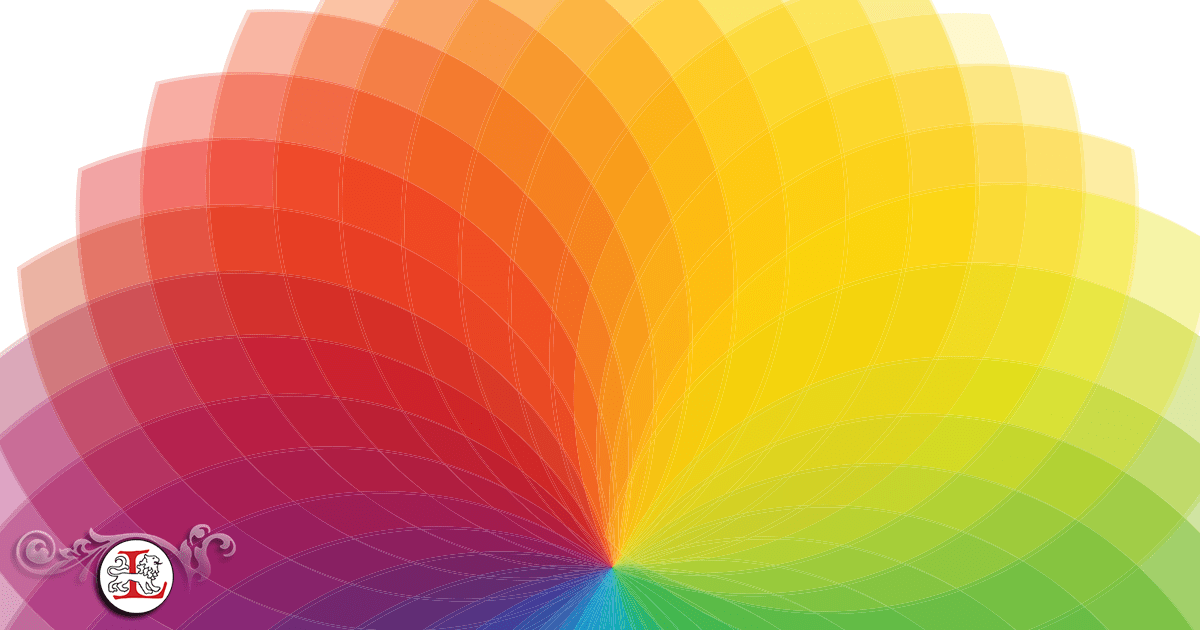How Color Impacts our Mood

Color and Mood
The psychology of color affects how we look and feel about our surroundings, from the clothes we wear to the colors used in an office or retail store’s decor. The colors in workplaces can affect the productivity and mood of those who work there and the buying habits of clients who come to purchase goods or services. The next time you enter a blue room, notice how the tone affects you. Does the hue make you feel a certain way? Does blue help to put you in a calm and relaxed state of mind?
Ask any artist, interior or clothing designer about the impact of tone on people. They will tell you that colors can make a big difference to people’s feelings, emotions, and moods.
Researchers find that colors, in many instances signal action from humans and animals alike. What about bullfighters? For centuries, bullfighters have worn red capes to remove and shake in front of the bull causing the bull to react.
Color is the first impression with the greatest impact. People notice and could be affected by the tone you were wearing, especially if it was unusual, bright or popular (such as blue). In fact, you speak volumes when you enter a room without saying a word! Bear that in mind when you dress for the day and pay attention to the silent messages you are sending.
What is the Psychology of Blue?
Every color represents a human mood. For example, blue has many characteristics that affect the human psyche. Blue embraces serenity, calmness, peacefulness, tranquility, stability, and reliability. Blue can reflect a safe and relaxed haven of spirituality and trust. Believe it or not, the shade of blue hits the retina, goes to the brain and creates within the human body chemicals that calm the soul.
The Yin and Yang of the Color Blue
Colors in the blue spectrum are known to many as emitting refreshing, calm, serene, tranquil, secure, orderly, and soothing feelings. This family of blue colors include the colors of teal and purple. While some associate serenity with blue, others may develop feelings of sadness or indifference around these colors because blue may bring to mind some negative feelings in the past and we may not even realize why we are feeling the way we feel.
However, for most people, blue is non-threatening. Like green, blue is everywhere in nature such as the lovely blue skies, lakes, or oceans giving us a sense of calmness and serenity.
On a different note, blue can carry with it a particular element of dominance and order. People look to the shade of blue for protection, help, and assistance, which is why law enforcement officers wear blue uniforms in many cities and countries. Some research was done in putting blue bulbs in street lights to see if this helped to decrease crime and these blue bulbs did indeed reduce the level of crime in some areas.
Researchers find that those who opt for blue such as a blue house or car may emit to others a sense of dependability and trustworthiness.
Colors Prove to Affect Our Health and Wellbeing
Color therapy has been around us for centuries going as far back as the Chinese Dynasty, who have used this therapy to help heal the human body. From the study of holistic medicine, we know that color psychology is a form of alternative treatment or natural holistic therapy. Surprisingly, few have ever heard of this psychology and its success in therapeutic methods.
Colors are known to increase or decrease blood pressure, metabolism, and even cause eyestrain in certain instances. Blue affects our health, such as lowering blood pressure, reducing the body temperature, and slowing the heart rate. The lighter shades of blue are relaxing, help to melt away stress and maintain concentration, while the darker shades of blue spurn creativity in the brain and help improve the thought process.

Businesses Use the Color Blue to Help Increase Profits
Image is everything when it comes to the first impression a business must make on its target market. An image can involve a company’s design concepts and communicate what that business stands for. In fact, an organization often embraces a variety of blue tones for logos, advertising, marketing and branding because it denotes truth and credibility. Security uniforms are often in navy to communicate safety and protection. Interviewees are told by consultants to wear a navy suit to make a good first impression.
Studies done in many well-known universities found that blue was the favorite of both males and females. Blue impacts employees and increases work productivity because the shade offers a stable work environment, adding calmness, peacefulness, and security for the employee. Many companies use the color blue for advertising and branding their product or service because blue emits positiveness and trust. The following are quick reference points of what some of the other colors mean.
More Research is Needed in Color Psychology
A few years ago, there was little research found in the field and its effect on people. In the last twenty years, the study has become a significant topic of interest for those in the marketing industry, art fields, design concepts, and more. These researchers are making strides in discovering what effect it has on behaviors, feelings, moods, and emotions.
One thing is for absolute certainty, colors have powers unknown to many people. All colors are said to have a specific impact on mood and behavior—the following are a few of the more common colors and the emotions they emit.
What Do Other Colors Mean?
Red: passion and energy, action oriented, sexuality, romance, danger and caution
Orange: warmth, joy, emotional strength, uplifting, communication enhancer, creativity, youthfulness, energetic
Green: health, harmony, nature, relaxing, new growth, renewal of body, mind, and spirit, safety, security, hope, prosperity
Yellow: cheerful, energy, joy, fun, stimulates perception and mentality, inspires creativity, curiosity, and thought, sparks an element of confidence and enthusiasm
Purple: color of spirituality triggers the imagination, enlightens wisdom, spiritual growth, royalty, luxury, sparks creativeness
Pink: love, kindness, comfort, compassion, youthful, sympathy, friendly, playful, calmness, nurturing, warmth, joy, romance
Brown: reliable, stable, dependable, wisdom, grounded, honesty, protection, supportive, inspiring, appreciates simplicity
Black: power, sophistication, stable, intimidating, secure, protected, seductive, elegance, mysterious
White: purity, cleanliness, simplicity, perfect, hope, clarity of thought, refreshing, self-reflecting
Gray: neutral, unemotional, conservative, solid, stable, durable, calming, reliable, peaceful, relaxing, soothing, mature, wisdom
More research is needed in color psychology to substantiate claims of how colors affect the human mind. Students can learn about colors and how colors affect their lives and the lives of those around them by researching more about the science of psychology. London Image institute also trains students in color theory, personal color analysis and color psychology.